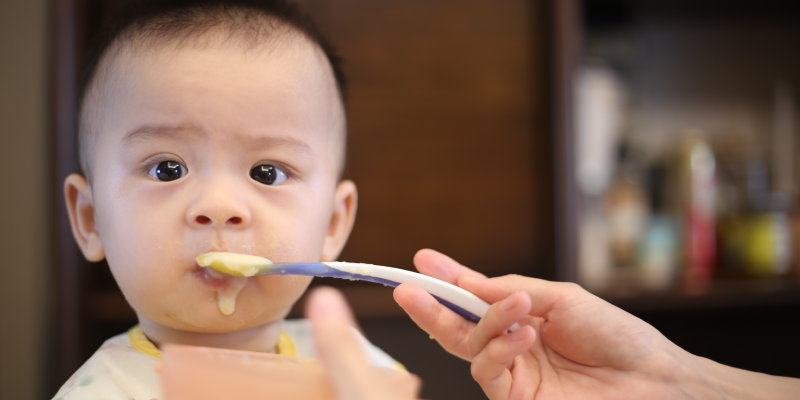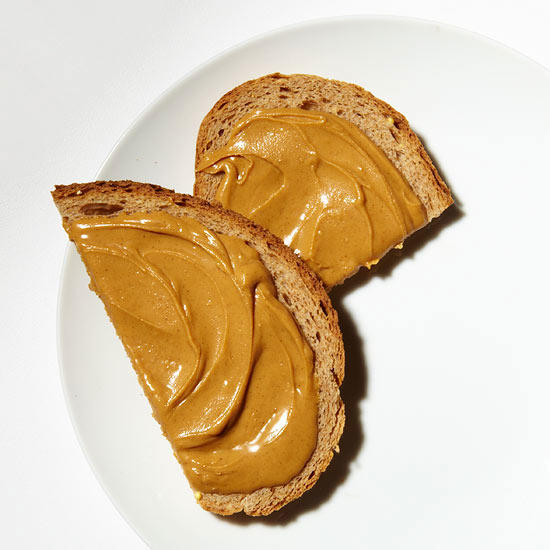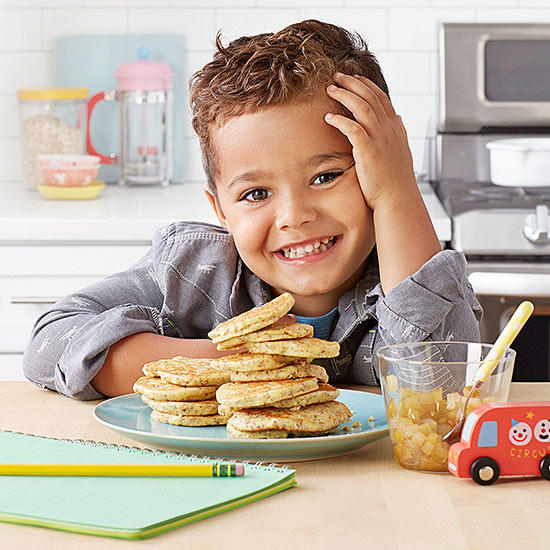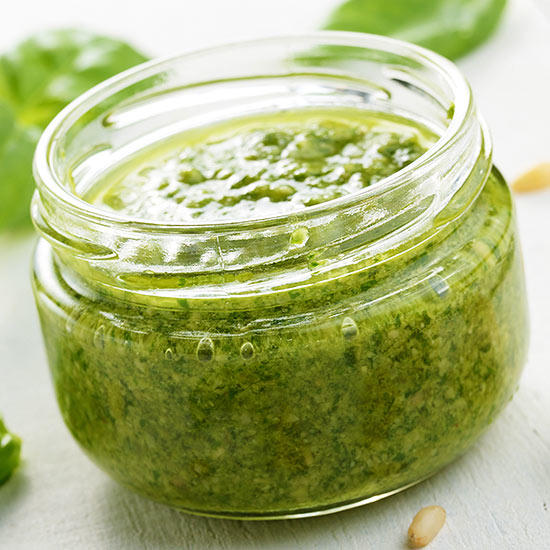
5 Ways to Safely Introduce Nuts to Babies
A peanut allergy is one of the biggest worries facing new parents. So how do you introduce nuts to babies? There are many safe ways to introduce nuts to babies but the first question is when to start? Research used to suggest that parents should hold off on introducing peanuts until kids were around 3, but there are new federal guidelines about when to start feeding them nuts as infants. The National Institutes of Health now say introducing foods that contain finely ground peanuts early can actually reduce the chance of becoming allergic. Large studies have found that “babies at high risk for becoming allergic to peanuts are less likely to develop the allergy if they are regularly fed peanut-containing foods during the first year of life.” The American Academy of Allergy, Asthma and Immunology also recommends that highly allergic foods like nuts can be introduced into infants’ diets as early as six months. What’s more, earlier introduction of peanuts can actually reduce the risk of peanut allergy by up to 80 percent. A study published in the New England Journal of Medicine found that babies at high risk of developing a peanut allergy who were fed the equivalent of about 4 heaping teaspoons of peanut butter each week, starting at the age of 4 to 11 months, were about 80 percent less likely to develop an allergy to the legume by age 5 than similar kids who avoided peanuts.
A good rule of thumb is as soon as your baby starts eating solids, you can start to introduce peanuts. The only exception is for families who have a history of peanut allergies, and babies that have experienced severe eczema or an allergy to eggs. It goes without saying that under no circumstances should you EVER feed your babies whole peanuts, or give them a spoon containing a large amount of peanut butter. Both present severe choking hazards. The best way to introduce the food is by stirring about 2 teaspoons of peanut butter into hot water to create a warm puree. After giving a little bit to your baby, wait and watch signs of negative reactions like hives, rash, behavior changes or god forbid, trouble breathing. If there are no negative reactions, continue feeding the puree slowly and keep an eye out for about two hours. For new parents comfortable with continuing the experiment, here are 5 additional ways to safely introduce nuts to babies.
Mix it into cereal, yogurt or applesauce
Take a teaspoon or two of almond, peanut or cashew butter and stir it into your baby’s cereal, yogurt or applesauce. Err on the side of caution with how thick the mixture is. Stir it well before giving it to your baby. You could also blend a banana with a tablespoon of nut butter and sprinkle cinnamon on top for a tasty dessert.

Image credit: Seth Smoot
Spread it onto toast as finger food
Babies as young as 6 or 7 months old instinctively know to bring finger foods to their mouth to suck or gnaw on. Spread a little bit of nut butter onto a piece of toast and even if your little one doesn’t chew the toast, he will still be able to lick off the peanut butter!

Image credit: Peter Ardito
Substitute in almond flour for common baking recipes
Love Pinterest? Are you the next Martha Stewart in the kitchen? If you love baking, you can easily substitute in one quarter of finely ground almonds in place of flour for any muffin or pancake recipes. The dense texture results in a rich breakfast for baby and you get to safely introduce nuts to her.

Image credit: Tara Donne
Experiment with other types of nuts
Don’t be afraid of adding a little spice to baby’s food. Whip up homemade pesto made with pine nuts, pistachios or walnuts and add it your baby’s stews or soups. You can start teaching his taste buds to welcome more “adult” foods.

Image credit: Dmytro Mykhailov
Toss noodles with a different kind of butter
Noodles are a favorite finger food for babies. Rather than tossing them with olive oil or butter, try adding a teaspoon of almond or peanut butter instead. A more coarse nut butter will help your little one’s sticky fingers to grasp onto the noodles.

Image credit: Calvste
Join the other 100,000+ new parents who love Bitsy Boxes.

